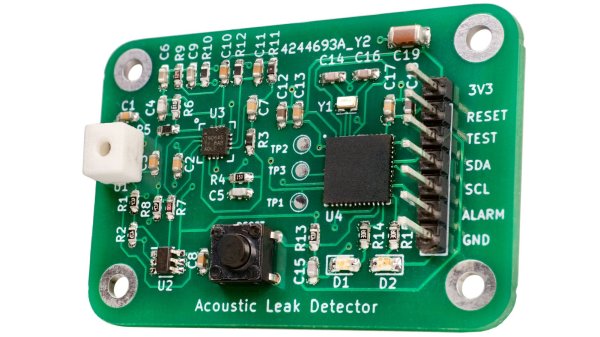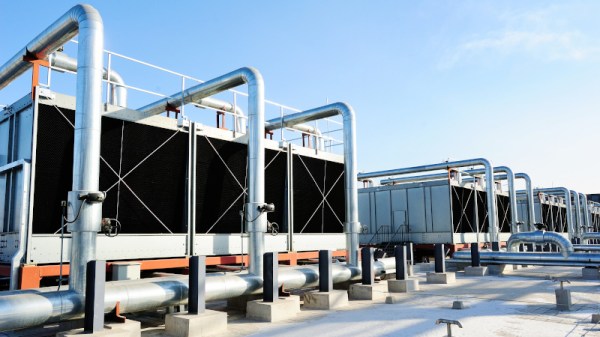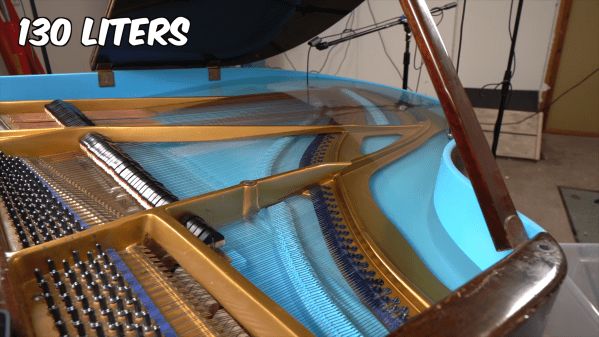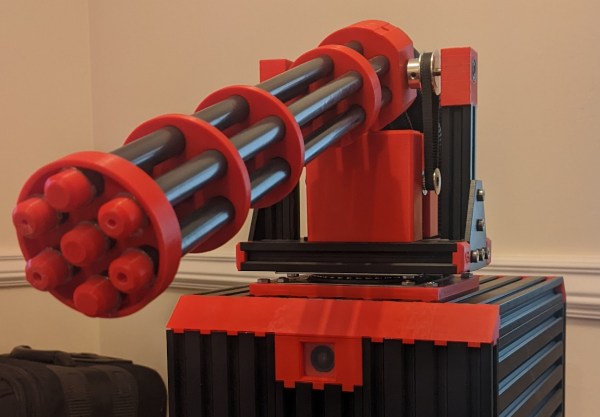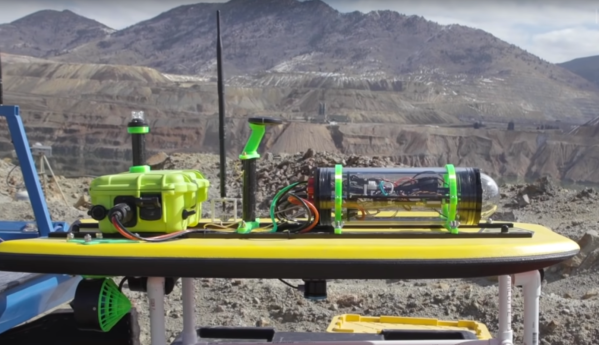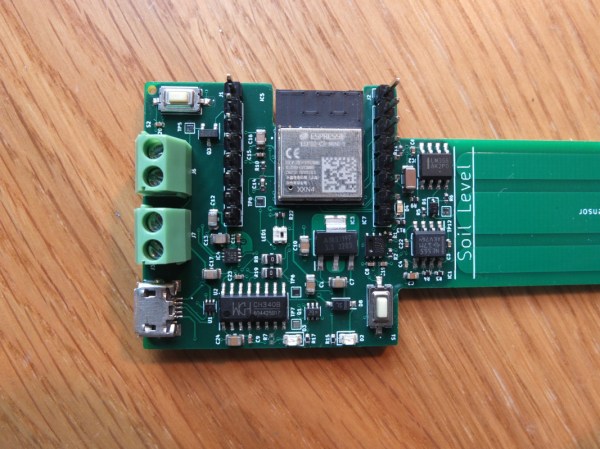Water leaks can be pernicious things. Even just a few drips per minute happening undetected inside a wall can cause major damage if left unrepaired for long enough. AquaPing is a new device that hopes to detect difficult-to-find water leaks with the aid of acoustic methods.
The AquaPing is a so-called “stand-off” sensor that is intended to detect leaks at a distance, even if they are inside a wall. No contact is needed with the plumbing itself. Instead, the device detects the broadband high-frequency noise created when water leaks from a pipe under pressure.
It’s a method that’s best suited to leaks from cracks or loose fittings. These generate a characteristic hiss that can be picked up with signal analysis even if the noise itself is obscured to human perception by other noises in the area. However, leaks like a hole in a gutter or a dripping rusted-out water tank are best found by other methods, as they don’t create this same signature noise.
The device will soon be launched on CrowdSupply as a purchasable product, however the project is fully open source for those eager to dive in themselves. We’ve featured some other really creative leak detectors before, too! Video after the break.
Continue reading “A Water Leak Detector That Listens Carefully”

